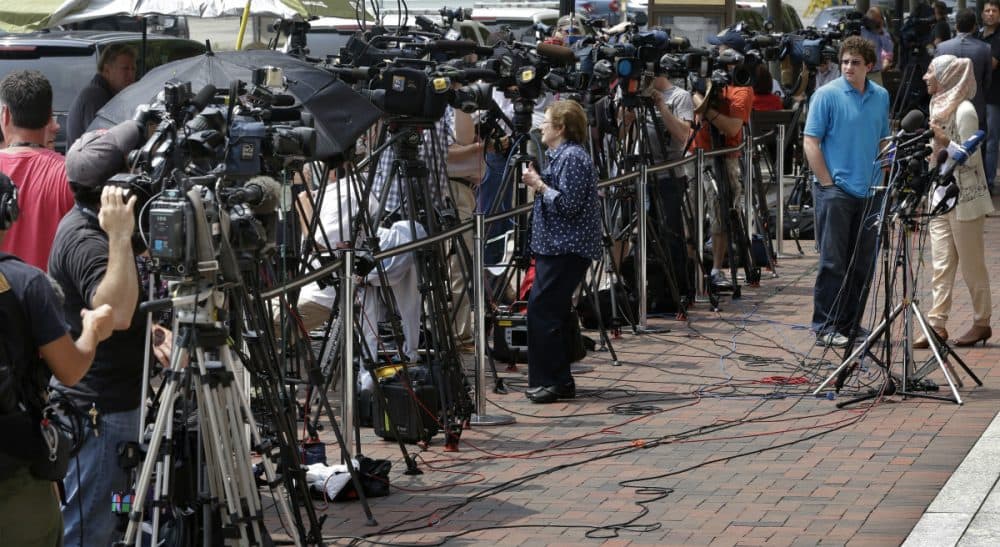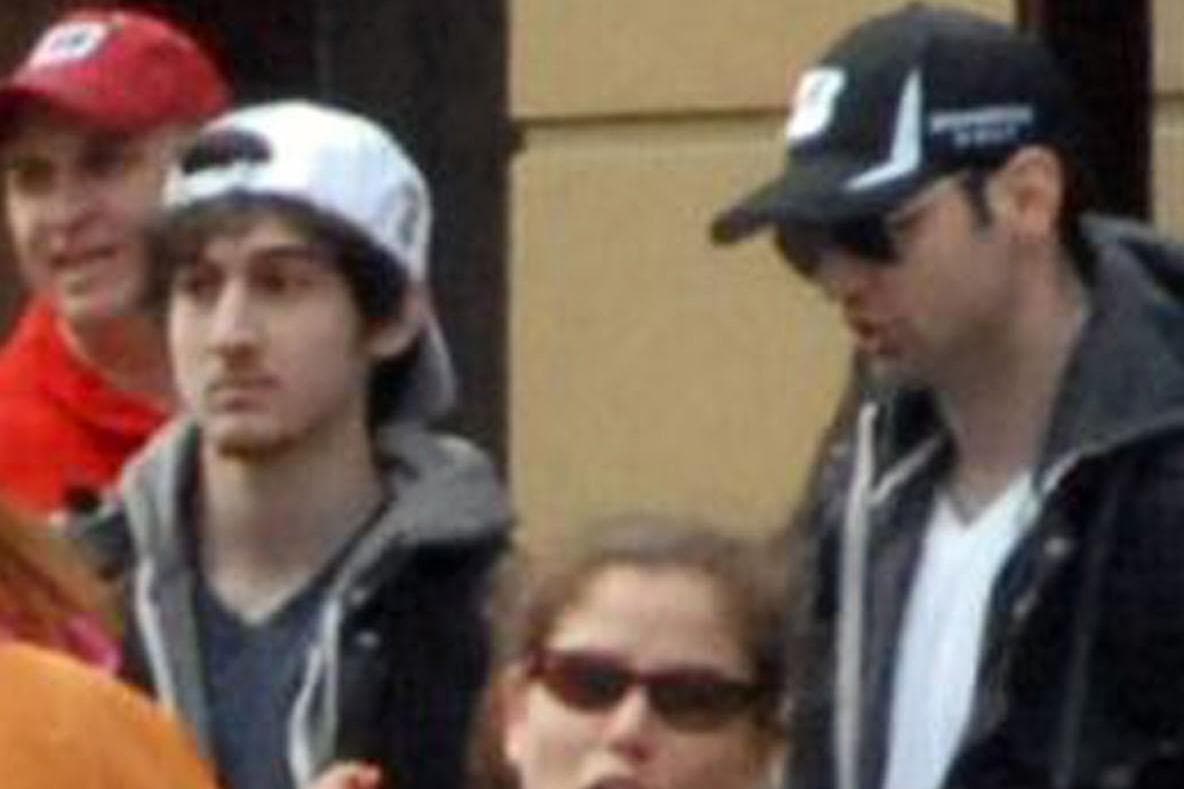Advertisement
Boston Deserved Better: A Case For Broadcasting The Tsarnaev Trial

Here’s the tired, old argument: Cameras in the federal courts would transform the administration of justice into circus entertainment, encourage lawyers to grandstand, and reduce complex matters of law to 30-second soundbites on the evening news.
Isn’t it so much better that we are left with trial-by-tweet, instead?
Boston should not have been shut out of a public trial that had such a profound impact on its residents.
Whatever the outcome of the case against Dzhokhar Tsarnaev, the trial of the admitted Boston Marathon bomber underscores the need to end the ban on televising federal court proceedings. If any case called out for full community access to the judicial process, it was this one.
There are only 15 seats reserved for the public in the third-floor courtroom where 21-year-old Tsarnaev stands accused of 30 federal charges, including 17 that could result in the death penalty. There are seats for the survivors in the trial courtroom and in a reserved courtroom down the hall where video screens carry the testimony live. There are three overflow courtrooms with similar screens for public spectators.
But for a city that was traumatized when two pressure cooker bombs exploded at the finish line on Boylston Street two years ago, a city and surrounding area that was paralyzed while police searched for those who detonated those bombs, that is not nearly access enough. This trial should have been broadcast on C-SPAN or live streamed on the Internet.
Instead of hearing from witnesses, from crime scene investigators, from those who survived the blasts, Bostonians are left to scan constant 140-character summations of testimony being transmitted by reporters inside the courtroom. The tweeting is so prolific, and often so graphic, that many Twitter subscribers are tuning out, choosing to catch up with summaries of the trial later on the TV news or in the newspaper.

Boston should not have been shut out of a public trial that had such a profound impact on its residents. An unobtrusive fixed camera in the courtroom could have delivered gavel-to-gavel coverage, providing a window into the most opaque of the three equal branches of government. Beyond the immediate educational value, cameras would bring more transparency to the courts at a time when public confidence in the justice system is shaky, at best. (Think Ferguson.)
The federal judiciary is the last bastion of resistance to cameras in the courtroom. The usual objections about the camera’s potentially distorting impact on proceedings have not proven true in state courts where cameras have been in place for decades. A study in Indiana last year found that cameras had no negative impact on the trial process.
Television is hardly a new medium. Congressional Republicans and Democrats have been urging federal judges for years to broadcast their court proceedings. The latest bill was filed last December and is known as the Sunshine in the Courtroom Act. The legislation would not mandate cameras in federal courtrooms but it would let judges allow them on a case-by-case basis. The reason the bill has such broad bipartisan support is because opinion polling confirms that the public wants cameras in the courtroom.
The usual objections about the camera’s potentially distorting impact on proceedings have not proven true in state courts where cameras have been in place for decades.
Video is not such a leap from audio recordings and even the U.S. Supreme Court now releases the audio of arguments it hears in public sessions. In 2010, the federal judiciary did authorize a pilot project to allow cameras in 14 courtrooms across the country (to record civil cases only). A report on its impact is due later this year and maybe that will open the door to a broaden acceptance of cameras and the public’s right to witness the administration of justice that is done in their name.
U.S. District Court Judge George O’Toole trusted Bostonians enough to keep the Tsarnaev trial in this city, to impanel a jury drawn from the very community targeted by the Boston Marathon bombers on April 15, 2013. The federal judicial system should have trusted us enough to broadcast that trial.
